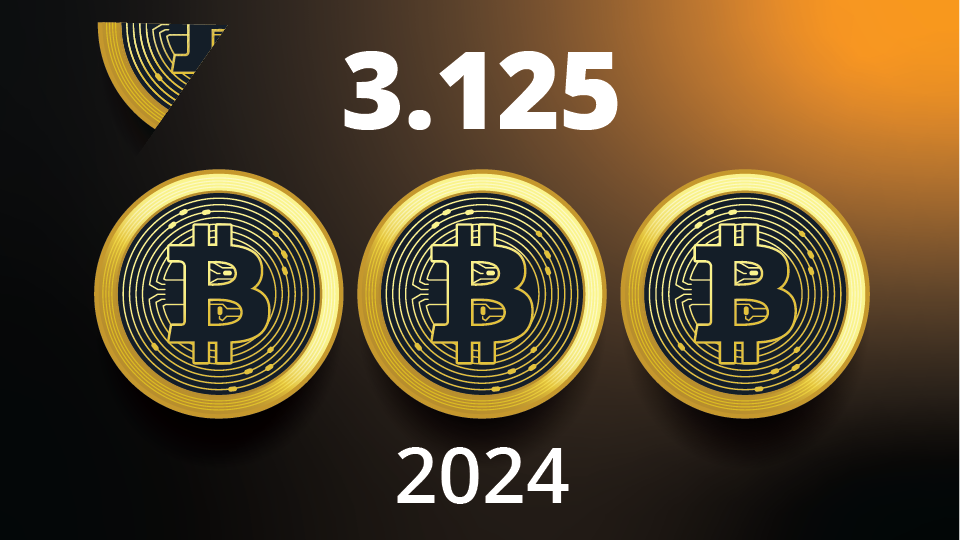Looking for Relative Value in the Crypto Wreckage
17 May 2022
With crypto markets in freefall, Bitcoin and Ethereum are dramatically outperforming all other layer 1 protocols and assorted applications. The MVIS CryptoCompare Smart Contract Leaders Index is down 48% month-to-date vs. Bitcoin (-26%) and Ethereum (-27%).
Amidst the wreckage, it is helpful to establish floor valuations for the layer 1 protocols, which we believe will survive and take share through the downturn. One way to do that is by analyzing the price of blockspace on a given chain vs. the economic output of that blockspace.
Here, the ratio of Avalanche to Ethereum gas prices on blockspace cost equivalent terms is calculated. Clearly, the blockspace price of Ethereum, on a unit for unit basis, is substantially higher than Avalanche. However, as Avalanche usage has taken off, the ratio rose to reflect demand for Avalanche’s blockspace. The gas price ratio is informative, because it gives us an understanding of the relative value of each chain by looking directly at ledger real estate price. Curiously, while Ethereum has more daily transactions than Avalanche, the total output of gas by Ethereum is less per day than Avalanche’s. Therefore, the average Avalanche transaction uses more gas than the average transaction on Ethereum. Because gas is a measure of computational effort, this implies that the average complexity of transactions on Avalanche is either of a higher order than Ethereum’s or that Avalanche’s version of the Ethereum Virtual Machine1 (EVM) is not as efficient. We lean towards the latter.
Avalanche/Ethereum Gas Price and Market Cap Ratios
Source: Dune Analytics, Avascan, Etherscan, as of 11/5/22. Past performance is no guarantee of future results.
The gas price ratio appears to act as a floor price for relative value between the two chains, because both use an EVM and there exist numerous bridges between the ecosystems. If Ethereum becomes too expensive to use, users with higher gas needs will move to Avalanche. This has clearly been the case with the enormous popularity of the Avalanche bridge – which peaked at $7.2B in assets on December 1, 2021 before falling to around $3.6B on 11/5/2022.2With that dynamic in mind, we apply the relative valuation of the Avalanche blockspace to find considerable support at about 0.003 – which is about 40%-50% lower than where we stood as of 11/5/2022. Indeed, if we examine the ETH/AVAX market cap ratio during the epoch when we last approached the 0.003 level of block space relative valuation, the AVAX/ETH market capitalization ratio also reached levels 40% below 11/5/2022. As a result, we should expect the relative market cap floor to approach that threshold if the blockspace ratio continues to decline.
Avalanche and Ethereum: Market Cap/Sales 30-Day Average Reverse Extrapolated
Sources: Dune Analytics, Avascan, Etherscan, as of 11/5/22. Past performance is no guarantee of future results.
Stepping back to look at output value, we examine Avalanche “price-to-sales” based upon daily market capitalization and rolling 30 days of transaction fees annualized. Using this approach, Avalanche’s relative valuation has declined precipitously as its P/S multiple has compressed. In 2021 and early 2022, this compression appears attributable to the rapid growth of Avalanche’s on-chain fee revenues. By April however, amidst general de-rating of the space, Avalanche and Ethereum price/sales have moved downwards in lockstep. This convergence corresponds to our previous work showing correlation increasing across crypto amid the broader risk-off in financial markets.
Returning to Avalanche fundamentals, Avalanche revenue from transaction fees appears to have room to decline further with the announcement of Crabada moving to its own subnet. Crabada is an on-chain strategy battle game that accounts for nearly 50% of Avalanche’s transaction fees for the month of April and around 30% of the fees generated for the month of March. Losing this source of revenue may slow fee growth trends for Avalanche, a possible negative prospect for relative valuation. This is because the deployment of Crabada’s subnet confirms that future scaling will come by means of subnets. Unless something changes in the economic model of subnets, subnet scaling implies fee revenue will accrue to the sub network constituents rather than to AVAX token holders. Because subnets will off-board a large portion of potential gains in fee revenue, it is possible that Avalanche has found a P/S ceiling, rather than a floor, as its chain-fee growth expectations slow. As a result, a basement multiple valuation may approach the sub 20 P/S mark that Ethereum experienced in January 2022 and early in the fall of 2021.
As we managed a portfolio of layer 1 tokens during this market rout, we sold some AVAX to buy more ETH as prices declined, preserving capital in search of a sustainable bottom. As the above analysis shows, however, there is a price at which we would change our minds. We just aren’t there yet.
VanEck assumes no liability for the content of any linked third-party site, and/or content hosted on external sites. Please note that investing is subject to risk, including the possible loss of principal.
The underlying Index is the exclusive property of MV Index Solutions GmbH, which has contracted with CryptoCompare Data Limited to maintain and calculate the Index. CryptoCompare Data Limited uses its best efforts to ensure that the Index is calculated correctly. Irrespective of its obligations towards the MV Index Solutions GmbH, CryptoCompare Data Limited has no obligation to point out errors in the Index to third parties.
1 Ethereum Virtual Machine is the computation engine for creating decentralized applications on Ethereum.
2Source: defillama, as of 11/5/2022.
Informations importantes
À des fins d’information et de publicité uniquement.
Ces informations proviennent de VanEck (Europe) GmbH qui a été désignée comme distributeur des produits VanEck en Europe par la société de gestion VanEck Asset Management B.V., de droit néerlandais et enregistrée auprès de l’Autorité néerlandaise des marchés financiers (AFM). VanEck (Europe) GmbH, dont le siège social est situé Kreuznacher Str. 30, 60486 Francfort, Allemagne, est un prestataire de services financiers réglementé par l’Autorité fédérale de surveillance financière en Allemagne (BaFin). Les informations sont uniquement destinées à fournir des informations générales et préliminaires aux investisseurs et ne doivent pas être interprétées comme des conseils d’investissement, juridiques ou fiscaux. VanEck (Europe) GmbH et ses sociétés associées et affiliées (ensemble « VanEck ») n’assument aucune responsabilité en ce qui concerne toute décision d’investissement, de cession ou de rétention prise par l’investisseur sur la base de ces informations. Les points de vue et opinions exprimés sont ceux du ou des auteurs, mais pas nécessairement ceux de VanEck. Les avis sont à jour à la date de publication et sont susceptibles d’être modifiés en fonction des conditions du marché. Certains énoncés contenus dans les présentes peuvent constituer des projections, des prévisions et d’autres énoncés prospectifs qui ne reflètent pas les résultats réels. Les informations fournies par des sources tierces sont considérées comme fiables et n’ont pas été vérifiées de manière indépendante pour leur exactitude ou leur exhaustivité et ne peuvent être garanties. Tous les indices mentionnés sont des mesures des secteurs et des performances du marché commun. Il n’est pas possible d’investir directement dans un indice.
Toutes les informations sur le rendement sont historiques et ne garantissent pas les résultats futurs. L’investissement est soumis à des risques, y compris la perte possible du capital. Vous devez lire le Prospectus et le DICI avant d’investir.
Aucune partie de ce matériel ne peut être reproduite sous quelque forme que ce soit, ou mentionnée dans toute autre publication, sans l’autorisation écrite expresse de VanEck.
© VanEck (Europe) GmbH
Inscrivez-vous maintenant à notre newsletter
Related Insights
Related Insights
10 octobre 2024
19 septembre 2024
03 septembre 2024
07 août 2024
10 octobre 2024
19 septembre 2024
03 septembre 2024
07 août 2024




